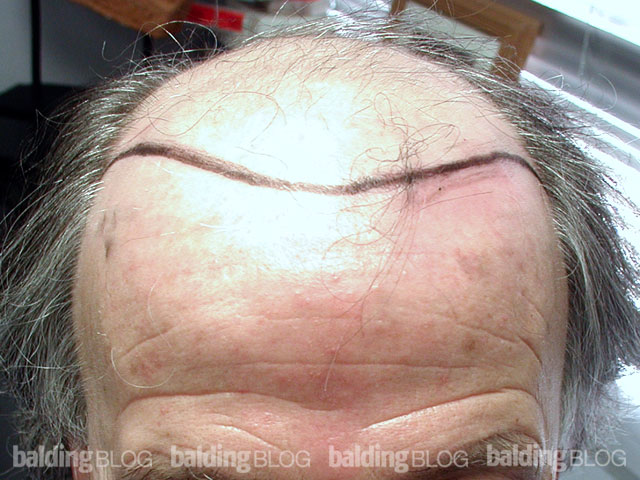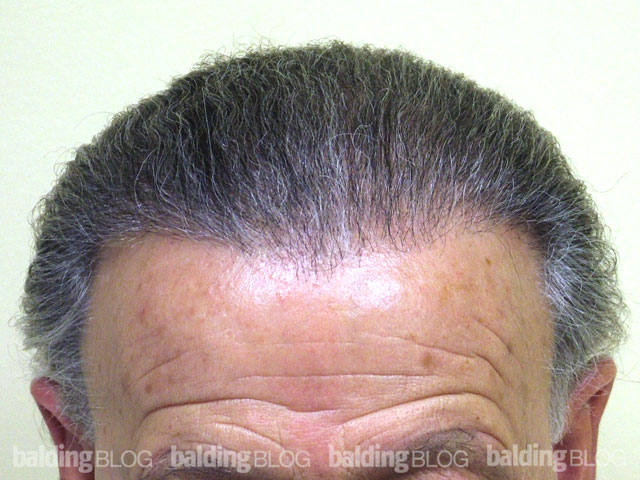Hi Dr. Rassman,
I have two questions. Is there any standard rate at which MPB occurs or is it completely unpredictable? I am 27 and would like to be able to look out 5-10 years and calculate where my hairline will be. I have been on Propecia for 3 months and am waiting to start a Rogaine program, but I am shedding so much that I would like my scalp to stabilize before I start.
I am also considering a FUE HT through my hairline. I have thinning in the front of the hairline but it hasn’t recessed yet. I’ve read that a FUE HT causes the hairs around the implants to thin out. Is this true? Is there any way to impant FUs in this thinning patch to make it appear thicker?

You have raised many issues here so I will try to separate them and address each of them.
Predicting hair loss is difficult. It is best done by looking to your family, finding the various forms of balding there and trying to identify one person that matches the timing of your hair los. Generally, those people who will become very bald, show their balding pattern well before the age of 30. You appear to be in the group where anything is possible, so look to your family patterns.
With regard to Propecia and Minoxidil, I like to start off with one drug (usually Propecia) and then after 8 months, add the second. In this way I get an idea of the value and effectiveness of both drugs and can separate them out. Propecia shows much of its impact in 8 months. Minoxidil, when it works, kicks in within 4 months.
With regard to Follicular Unit Extraction, when it is well done by those who really have a great deal of experience and expertise, it should not damage the surrounding hair. What often happens, is that when the experience is not there, the surrounding hair may be directly damaged in the transplantation process.
Putting in transplants to make hair appear more dense is done when there is reduced risk of damaging the thinning area. Good judgments are required here to be sure that the degree of miniaturization that is present does not reflect ‘active’ hair loss in one of its accelerated modes.



